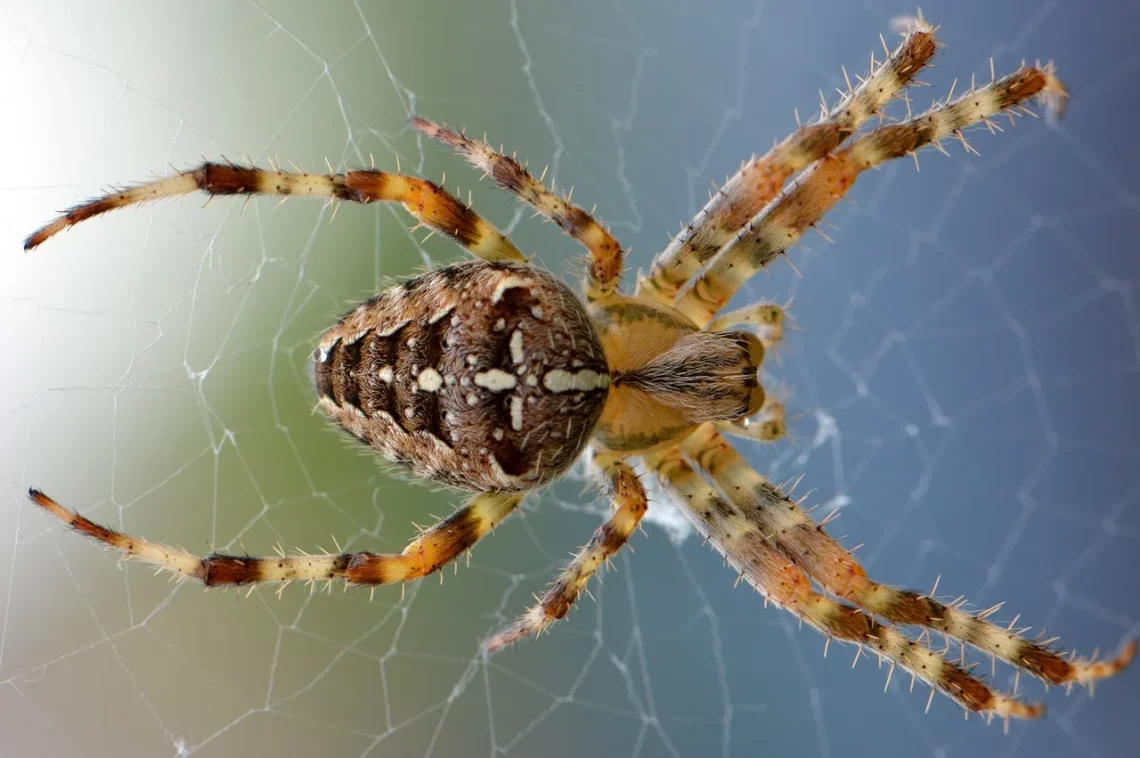
Understanding the Brown Recluse Spider and Its Presence in New Jersey
The brown recluse spider, often shrouded in mystery and fear, captures the attention of many who encounter it. This elusive creature, known for its distinctive appearance and venomous bite, has become a topic of concern in various regions, including New Jersey. The brown recluse is not just another spider; it embodies the complexities of nature, adapting to its environment while simultaneously evoking apprehension in those who cross its path.
Understanding the behaviors, habitats, and potential dangers associated with the brown recluse spider is crucial for residents and visitors alike. As urban areas continue to expand and natural habitats intersect with human living spaces, interactions between humans and wildlife become more common. This article delves into the characteristics of the brown recluse, its presence in New Jersey, and ways to coexist safely with this unique spider.
Identifying the Brown Recluse Spider
Identifying the brown recluse spider can be challenging, especially since it shares its habitat with many other spider species. However, certain features set this spider apart. The brown recluse is typically light brown to yellowish in color, with a characteristic violin-shaped marking on its back. This marking, which can vary in intensity, is one of the key identifiers to look for. The spider usually measures about 1/4 to 1/2 inch in body length, with long legs that can span up to 2 inches when extended.
Another distinguishing feature is the brown recluse’s six eyes, arranged in pairs rather than the typical eight found in most spiders. This unique ocular arrangement is a significant characteristic that can help in identification, especially for those who have a keen eye for detail.
It’s important to note that the brown recluse spider is not aggressive and tends to avoid confrontation. It prefers dark, undisturbed areas such as attics, basements, and wood piles, making it less likely to be seen unless disturbed. Understanding these aspects of the brown recluse’s appearance and behavior can help individuals identify it and differentiate it from other, harmless spider species.
In New Jersey, the brown recluse spider is not a common sight, but its presence is still noted in specific regions. The spider is typically found in the southern and western parts of the state, where the climate may be more conducive to its survival. Awareness of its characteristics is essential for those living in or visiting areas where this spider may be present, as it can help prevent unwanted encounters.
Habitat and Behavior of the Brown Recluse
The habitat of the brown recluse spider primarily consists of dry, secluded areas. This spider is known to thrive in environments where it can find shelter and food, which typically includes insects and other small arthropods. In New Jersey, the brown recluse can often be found in basements, garages, woodpiles, and even inside homes where clutter accumulates.
The behavior of the brown recluse is largely nocturnal, meaning it is most active at night. During the day, it remains hidden, often lurking in dark corners or within crevices. This behavior not only helps it avoid predators but also allows it to conserve energy when it’s not hunting.
One of the more fascinating aspects of the brown recluse’s behavior is its ability to spin webs, although not in the traditional sense. Unlike other spiders that create large, intricate webs for trapping prey, the brown recluse constructs irregular webs that are used primarily for shelter rather than hunting. This adaptation reflects its solitary lifestyle, where it prefers to hunt and eat alone rather than in a group.
Another notable behavior is its reproductive strategy. Female brown recluses can produce numerous egg sacs throughout their lives, with each sac containing up to 50 eggs. This high reproductive potential allows the population to persist even in challenging conditions, contributing to the spider’s presence in New Jersey.
To coexist safely with the brown recluse, awareness of its habitat preferences and behaviors is crucial. Regular cleaning and decluttering of areas where the spider might reside can significantly reduce the likelihood of encounters. Additionally, sealing cracks and openings in homes can help prevent these spiders from making their way indoors.
Potential Health Risks and First Aid Measures
The brown recluse spider is known for its venomous bite, which can lead to a range of symptoms, from mild irritation to severe medical complications. While bites are relatively rare, understanding the potential health risks associated with the brown recluse is essential for those living in areas where this spider is present.
When a brown recluse bites, it typically injects venom that can cause localized pain, redness, and swelling. In some cases, individuals may experience systemic symptoms such as fever, chills, or nausea. The severity of the reaction often depends on the individual’s sensitivity to the venom and the location of the bite.
In rare instances, a brown recluse bite can lead to necrotic lesions, which may require medical intervention. These lesions occur when the tissue surrounding the bite site begins to die, leading to more severe complications. If someone suspects they have been bitten by a brown recluse, it is crucial to seek medical attention promptly.
First aid measures for a suspected brown recluse bite include cleaning the bite area with soap and water, applying a cool compress to reduce swelling, and taking over-the-counter pain relievers to alleviate discomfort. It is essential to monitor the bite for any changes or worsening symptoms. If the individual experiences severe pain, difficulty breathing, or spreading redness, they should seek immediate medical care.
While the presence of the brown recluse spider may evoke fear, understanding its potential health risks and knowing how to respond in case of a bite can empower individuals to act appropriately. Always consult a healthcare professional for advice tailored to your specific situation, as this article is not a substitute for medical advice.
Living with the Brown Recluse: Prevention and Awareness
Living in an area where the brown recluse spider may be present requires a proactive approach to prevention and awareness. Understanding the spider’s habits, habitats, and potential risks can help individuals and families minimize encounters and ensure safety.
One of the best preventive measures is maintaining a clean living environment. Regularly cleaning and decluttering spaces such as basements, attics, and garages can significantly reduce the likelihood of attracting brown recluse spiders. Keeping boxes and clothing off the floor and storing items in sealed plastic containers can also help.
Sealing cracks and gaps in your home is another essential step. Brown recluse spiders can enter through small openings, so using caulk or weather stripping can create a barrier that prevents these spiders from gaining access.
Additionally, educating family members about the characteristics of the brown recluse can empower everyone to recognize and avoid the spider. Teaching children about the importance of being cautious in areas where spiders might hide can further reduce the chances of an encounter.
For those who may encounter a brown recluse, understanding how to respond appropriately is crucial. If spotted, it is best to remain calm and avoid any sudden movements. The spider is not aggressive and will typically retreat if given the chance.
In conclusion, living with the brown recluse spider in New Jersey requires a combination of awareness, prevention, and education. By taking proactive measures, individuals can coexist with this unique spider while minimizing risks and ensuring a safe environment for themselves and their families.
**Disclaimer: This article is for informational purposes only and should not be considered medical advice. If you suspect a brown recluse spider bite or experience any health issues, please consult a healthcare professional for appropriate guidance and treatment.**




